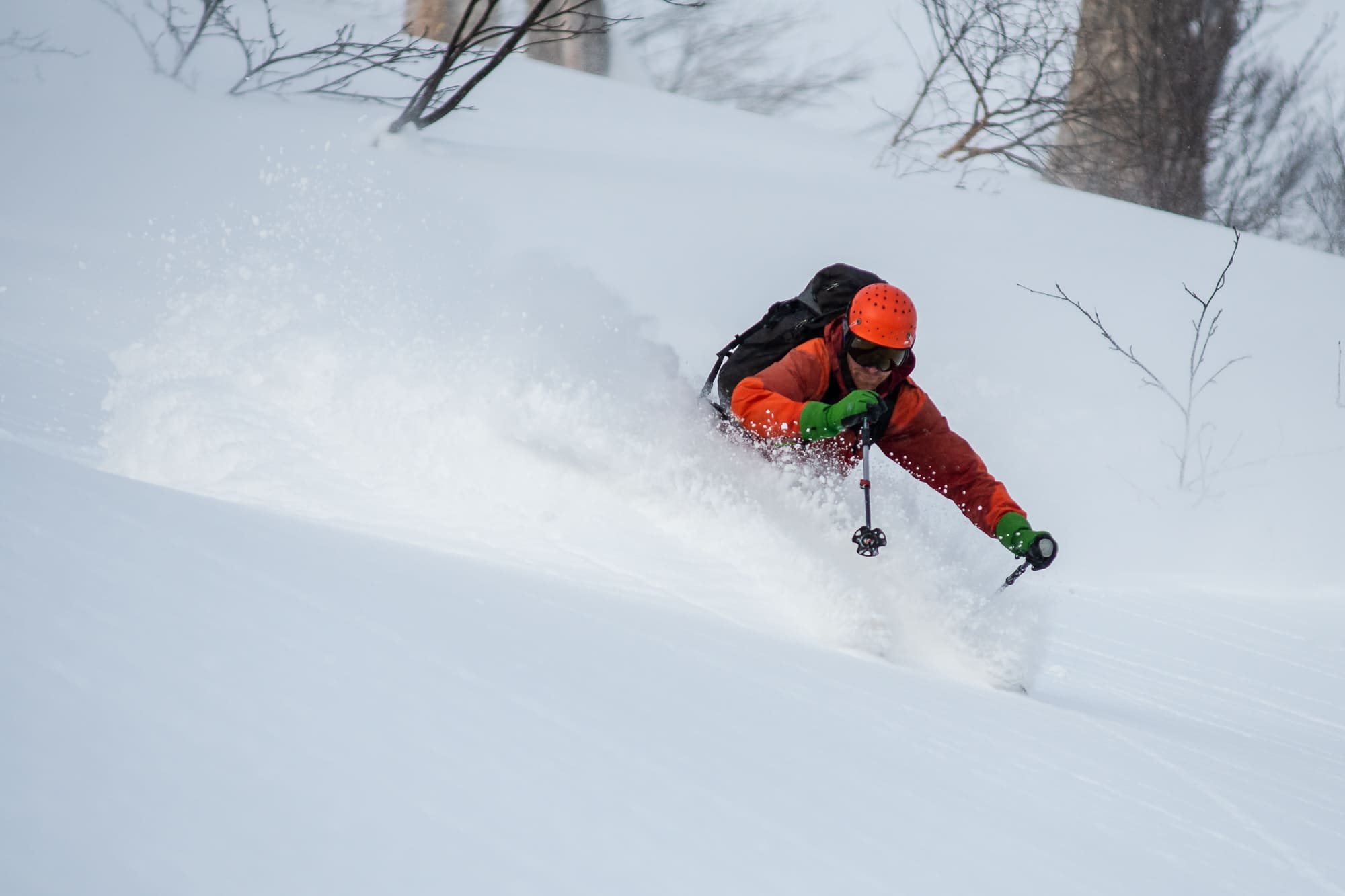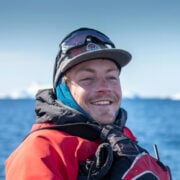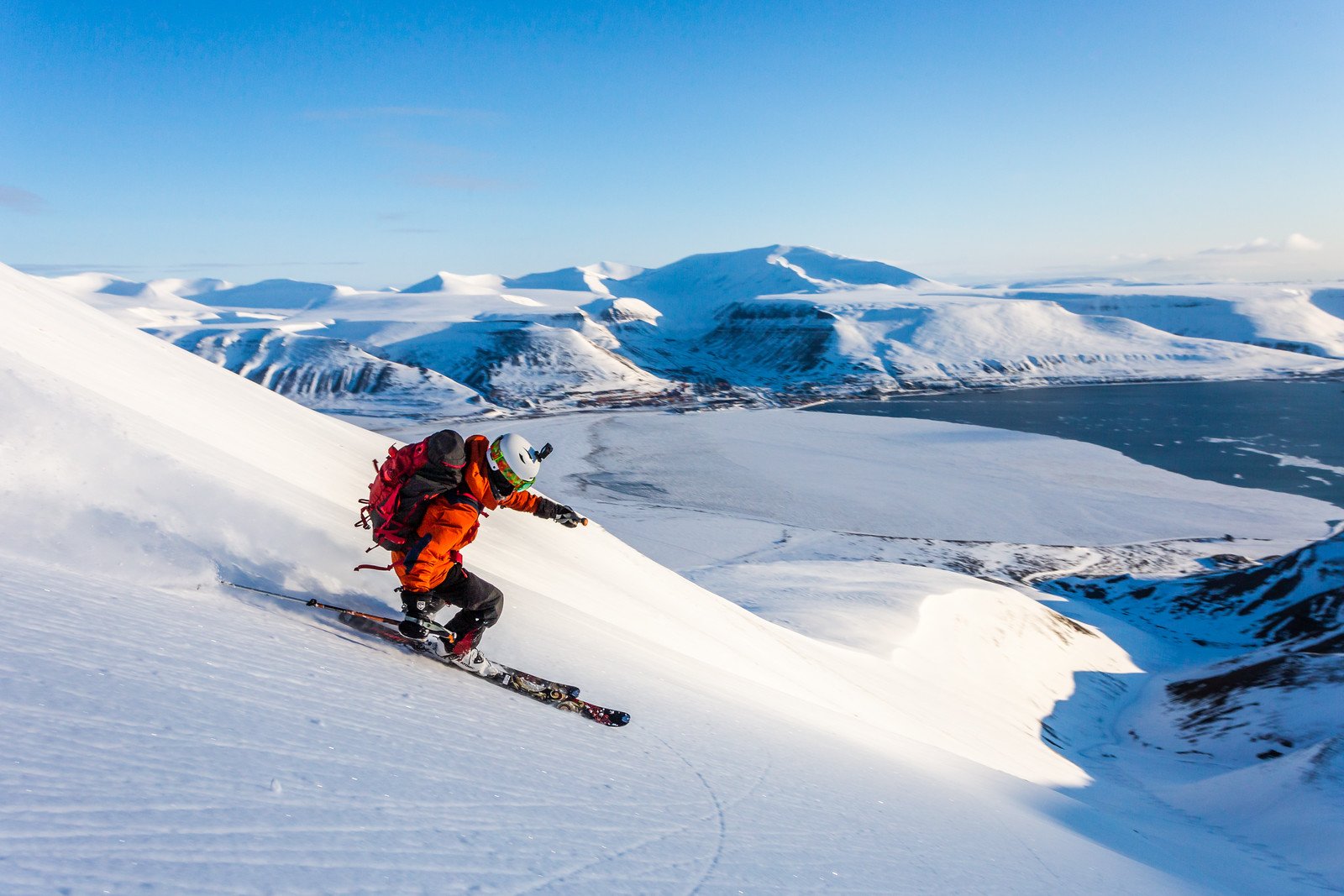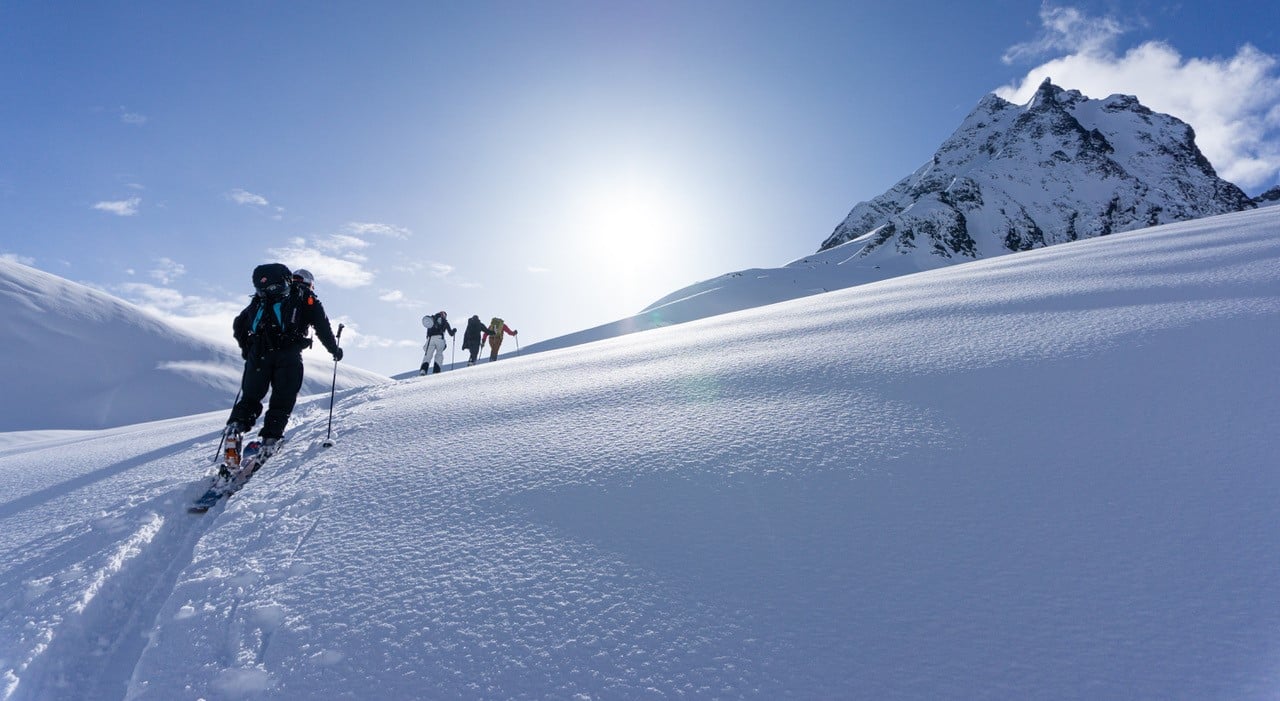
Clement shared:
- What makes skiing in Svalbard unlike anywhere else on Earth
- Life on an expedition ship and what it’s really like day to day
- The magic of summit-to-sea skiing in the High Arctic
- Gear, safety, and preparation for polar conditions
Wildlife encounters—from reindeer to the possibility of polar bears - Why remote doesn’t have to mean inaccessible
You clip into your bindings on a snowy ridge, the Arctic sun hanging low over the horizon. The landscape is endless: glaciers, peaks, and the dark blue of the ocean stretching into ice and sky. Below, your line carves straight down to the fjord, where a small ship waits like a speck in the vastness.
This is backcountry skiing in Svalbard, and if you haven’t heard of it, you’ll be adding it to your bucket list soon.
Here, the mountains rise straight from the sea, creating some of the most dramatic ski terrain on the planet. The days are long, the snow untouched, and the sense of remoteness hard to put into words. One moment you’re skinning in silence, the next you’re sailing through Arctic waters past cliffs alive with seabirds.
In this webinar, French ski guide Clement Carasco takes you inside life on an Arctic expedition.
From the practical—gear, safety, and pacing—to the unforgettable—summit-to-sea runs, ship life, and stories of the wild—you’ll get an insider’s look at what it means to ski at the top of the world.
If you’ve ever wondered what it’s like to chase turns in the High Arctic, this is your chance to find out.
Webinar host
Clément Carasco grew up in Lyon, France, before setting out in 2015 with a diploma in hand and a hunger for adventure. His travels took him from Norway to Canada, where he fell in love with climbing remote peaks, surfing wild coastlines, kayaking alongside orcas, and skiing British Columbia’s powder. When not guiding, he farms, cooks, and dives into books—always curious about the natural world. Passionate about the Polar Regions, Clément finds peace in their raw beauty and urges travelers to start each day outside, breathing in the crisp Arctic air.












